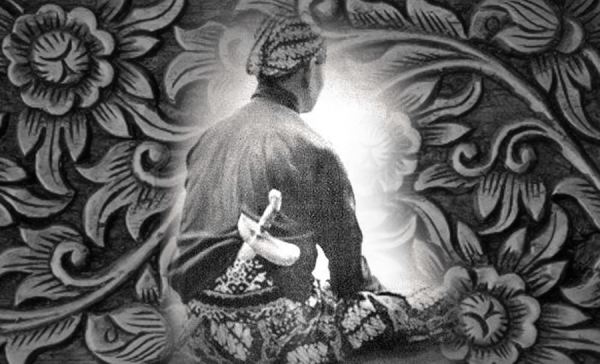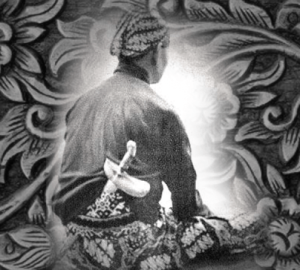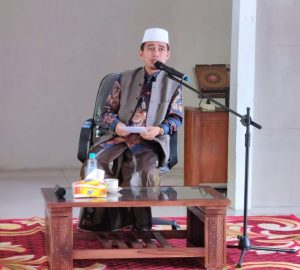Indonesia has two “special districts”—Yogyakarta and Aceh. The feature is caused by several historical events and is given because both had significant roles toward seeking Indonesian independence. As special districts, Aceh represents Islamic tradition and Yogyakarta represents cultural center of Java. Understanding Islam in Yogyakarta is therefore fascinating.
Yogyakarta is a city with great history, documented in many literatures. It was founded in 1755, when the Sultanate of Mataram, which has existed since the 8th century, was divided by the Dutch East India Company (VOC) into two regions under the Treaty of Giyanti: the Sultanate of Ngayogyakarta Hadiningrat and Surakarta Hadiningrat. During the Indonesian National Revolution (1945-1950), Yogyakarta played an important role in countering the aggression of the Dutch and Japanese occupation.
After the period of Japanese occupation during World War II, the Republic of Indonesia was formed. When the Ducth occupied in Jakarta in 1946, the natioal capital removed from Jakarta to Yogyakarta. It was moved back to Jakarta in 1950 and in the same time Yogyakarta was given the status of special district of Indonesia.
As a special district, Yogyakarta has many descriptive names based on its history or its potencial. It is known as the city of tolerance, the city of student, the city of tourism the city of cultural center and the icon of javanese Islam. It is known as the city of tolerance and student because Yogyakarta where many students from different places come to is succesfully considered to integrate diversity of public backgrounds.
It is known as a cultural center because there are many traditional cultures that still exist in this modern era. People in Yogyakarta have created a colorful mix of cultures, ritual practices, and even languages. In other words, Yogyakarta, a successor of the Kingdom of Demak, develops tradition by its self then called Islam Kejawen. Islam Kejawen is a term that describes Muslims performing their religious ritual the way Javanese performs. The term is spoken by societies to describe culture and tradition produced by Sultanate of Mataram, both in Yogyakarta and in Surakarta.
Historically, religions –Buddism, Hinduism, or Islam—coming to Java Island depended on the kingdom. Religion followed by the king became official religion of the kingdom, which is then followed by community. In other words, the king is the important figure in order to spread religious form. Panembahan Senopati (1575-1601), the first king of Sultanate of Mataram, is the founding father of Islam Kejawen. Therefore, the spread of Islam Kejawen was strongly supported by the king.
On the other hand, another reason why Islam Kejawen was slightly formed and was welcome is because of poets and Islamic scholar (ulama). Islam Kejawen’s documents are usually written by using Javanese script and mostly contain mysticism and some Islamic teachings. By this approach, many people were interested to join and practice ritual of Islam Kejawen.
With this aculturation concept, Islamic teachings are accepted by societies, especially by poets. Those Javanese literature men got more and more exited to pursue Islamic teaching and then published their works. Therefore, Javanese literature grows to the other directions, from fiqh to sufism and mysticism. Many poets of Yogyakarta palace and Islamic scholars (ulama) produced works. Many of the writings spread around the palace and communities.
This is different from another special district, Aceh. Historically, Aceh is the first place where Islam spread and developed in Indonesia eight centuries ago. It is also the only province where Islamic law has implemented in. As place forcing Islamic law as fundamental law, Islam is the most important aspect that shaped tradition, culture, and environment.
However, in Islam Kejawen’s world, tradition and other local aspects are the most important things to develop societies in Yogyakarta. That is the difference between Muslims in Yogyakarta and in Aceh. Even in this millenials era, there are many tradition and ritual that can be found in Yogyakarta such as Grebeg Mulud, Tumplak wajik, Sekaten, and Labuhan.





